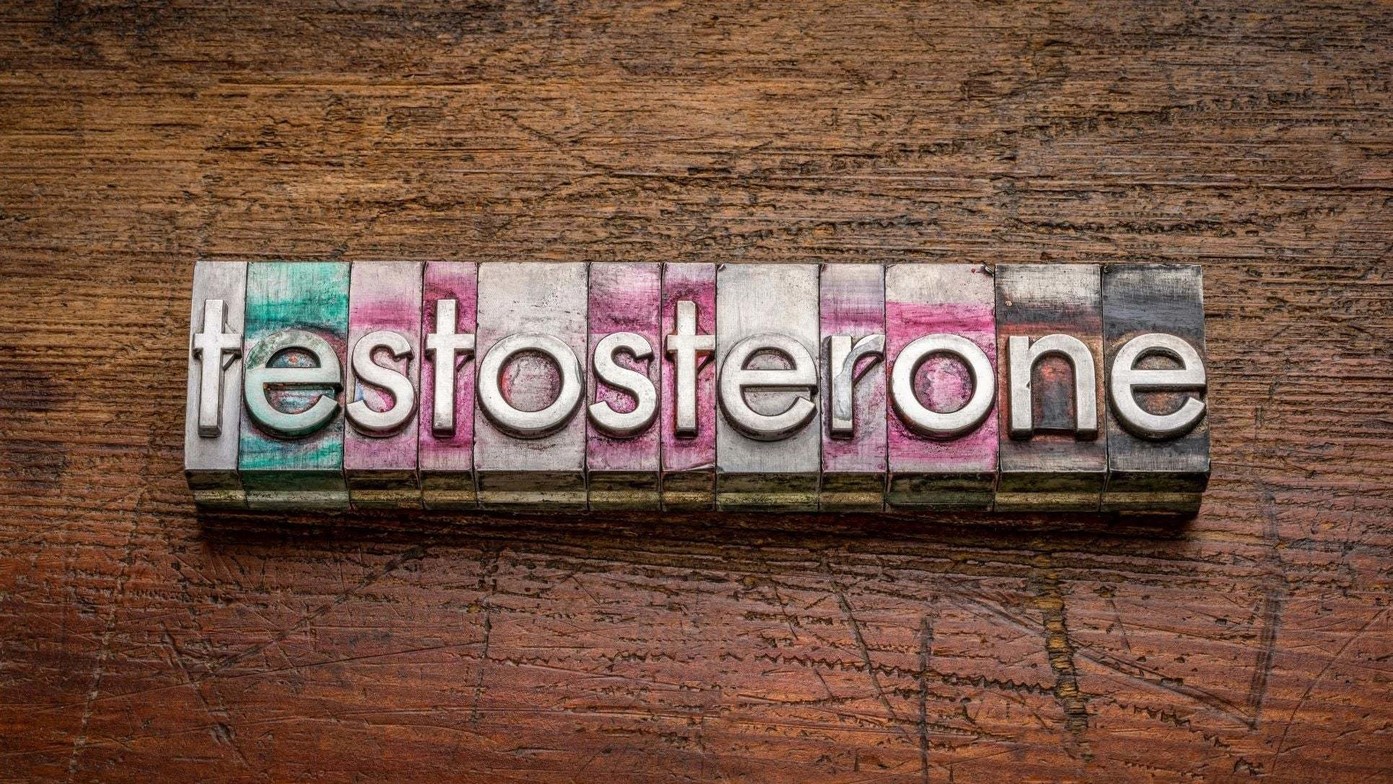
If you're exploring Testosterone Replacement Therapy (TRT) or are already on a treatment plan, one of the most important questions you should be asking is:
“What are the ideal testosterone levels while on TRT?”
This is more than a lab number—it's about how you feel, function, and perform every day. At Tulsi Wellness Club, we take a science-backed, patient-centered approach to hormone optimization. We don’t just aim for “normal” testosterone levels—we aim for optimal levels that help you feel and perform your best.
Let’s explore what ideal testosterone levels look like, why we target specific ranges, and how we tailor TRT for each individual’s unique biology and goals.
Understanding Testosterone Levels: What the Numbers Mean
Testosterone levels are typically measured in nanograms per deciliter (ng/dL) using blood work. The generally accepted “normal range” for total testosterone in men is:
-
300 to 1,000 ng/dL — according to most U.S. labs
But this range is broad and outdated. It’s based on population averages, not on how a man actually feels or functions at different levels.
That’s why, at Tulsi Wellness Club, we aim for more precise and meaningful target zones for men on TRT.
Our Ideal Testosterone Range: 750–900 ng/dL
At Tulsi Wellness Club, we’ve seen firsthand that most men thrive when their testosterone levels are maintained between 750 and 900 ng/dL.
Why this range?
-
It’s well above the lower threshold for deficiency (typically below 350 ng/dL), where symptoms like fatigue, low libido, and poor focus are common.
-
It’s safely below excessively high levels (>1000 ng/dL), which may carry increased risks of side effects like elevated red blood cell count or estrogen imbalance.
-
It allows for optimal symptom relief—improved energy, sexual function, cognition, and body composition—without over-saturating your system.
This sweet spot reflects a balance between safety and efficacy, and we tailor dosing to help you consistently stay in that window.
How We Monitor and Maintain Ideal Levels
At Tulsi Wellness Club, we take a proactive, data-driven approach to hormone optimization. We don’t just give you testosterone—we walk with you every step of the way, monitoring key markers and adjusting treatment as needed.
Here’s how we maintain optimal testosterone levels for our patients:
1. Regular Blood Testing
We perform labs every 4–8 weeks in the early phases of TRT, and quarterly once levels stabilize. In addition to total testosterone, we assess:
-
Free testosterone (the bioavailable form)
-
Estradiol (E2) to watch for estrogen conversion
-
Hematocrit and hemoglobin for cardiovascular safety
-
SHBG, LH, and FSH as needed
-
DHT when hair loss or prostate health is a concern
2. Precision Dosing
We customize your TRT protocol based on your symptoms, labs, and goals. Our preferred method is weekly intramuscular injections, which offer stable, predictable levels with fewer peaks and crashes than gels or pellets.
3. Symptom Tracking
Lab numbers are only part of the picture. We continuously track how you’re feeling—energy, sleep, libido, mood, motivation, strength—and adjust accordingly.
Why “Normal” Isn’t Always “Optimal”
Many men are told their testosterone levels are “normal,” even when they’re in the low 300s or 400s, and still feeling awful.
Here’s the truth:
You can be “normal” and still feel terrible.
That’s why we focus on achieving optimal, not average, testosterone levels—and why we believe the 750–900 ng/dL range is a powerful target for most men.
Signs Your TRT Is in the Ideal Range
When testosterone is optimized, you should start noticing changes within a few weeks, with full effects by 3–6 months. Signs you’re in the ideal TRT range include:
-
Strong morning erections
-
Higher energy levels throughout the day
-
Clearer thinking and better mood
-
Increased muscle tone and fat loss
-
Steady libido and improved sexual performance
-
Restful sleep and quicker recovery after workouts
At Tulsi Wellness Club, we help you track and document these improvements so you can truly measure your progress—not just guess at it.
Can Testosterone Levels Be Too High?
Yes. Pushing testosterone levels above 1000 ng/dL may increase the risk of:
-
Elevated red blood cell count (polycythemia)
-
High estradiol, leading to water retention or mood swings
-
Suppression of natural testosterone and fertility
-
Acne or oily skin
-
Enlarged prostate concerns in some men
That’s why we always say: More isn’t better—optimal is best.
At Tulsi Wellness Club, your safety and long-term health are our top priorities.
Our Holistic Approach to Hormone Optimization
We don’t just adjust your testosterone—we help you build a lifestyle that supports optimal levels naturally, too.
Our programs include:
-
Sleep optimization strategies
-
Evidence-based supplements
-
Exercise and nutrition guidance
-
Stress management tools
-
Fertility preservation (with hCG when needed)
This 360-degree approach ensures that you feel your best not just during your TRT program, but in the decades ahead.
Final Thoughts: Ideal Testosterone Levels on TRT
So—what are the ideal testosterone levels on TRT?
At Tulsi Wellness Club, we’ve found that most men experience optimal results when their total testosterone levels are maintained between 750 and 900 ng/dL.
We customize your treatment plan based on your body, your goals, and your labs—not some generic range from decades ago. You deserve a partner in your health who looks beyond numbers and focuses on how you feel, function, and thrive.
Ready to Optimize Your Hormones the Right Way?
If you’re ready to feel stronger, sharper, and more energized—with a personalized TRT plan designed around your optimal range—Tulsi Wellness Club is here for you.
Book your free consultation today and take the first step toward feeling your best.
Dr. Devin Stone
Contact Me


